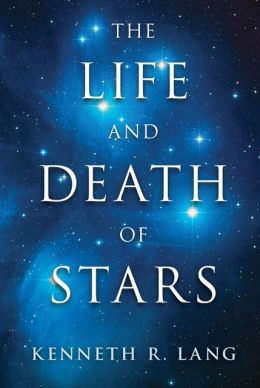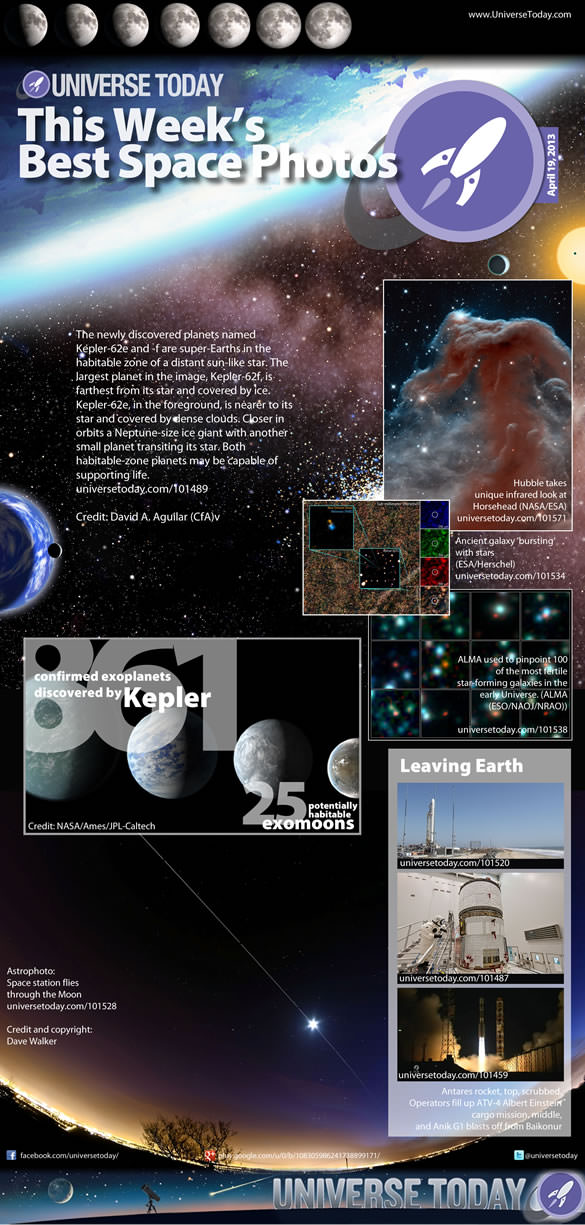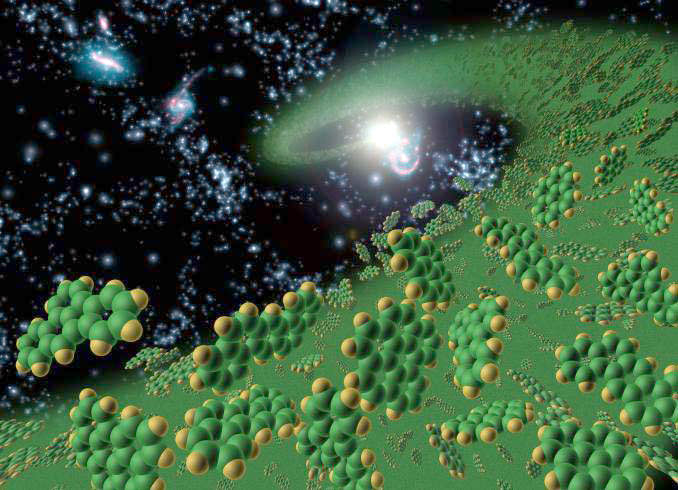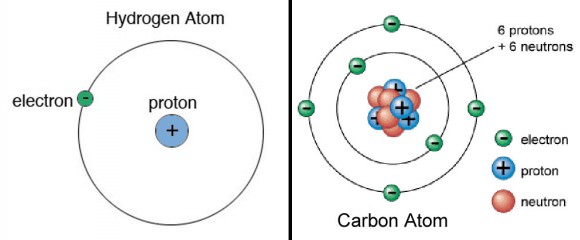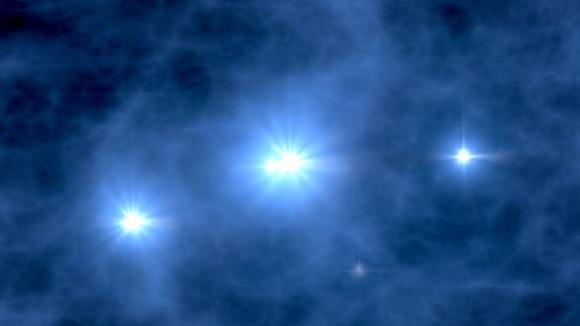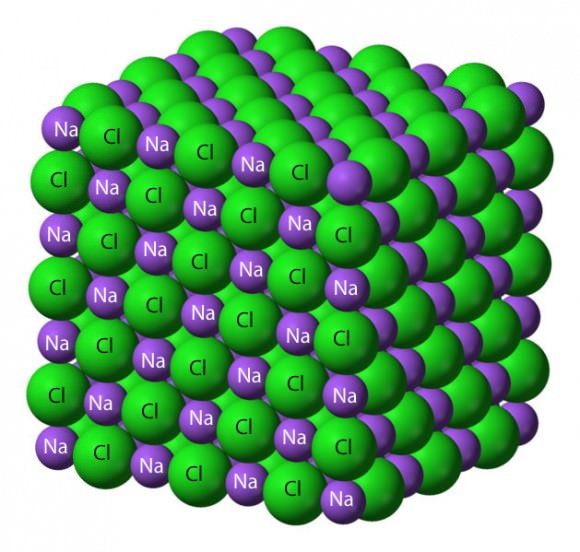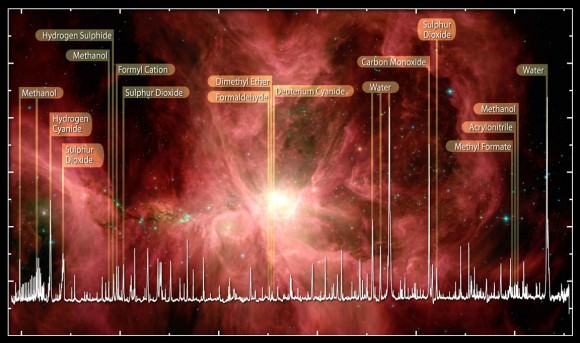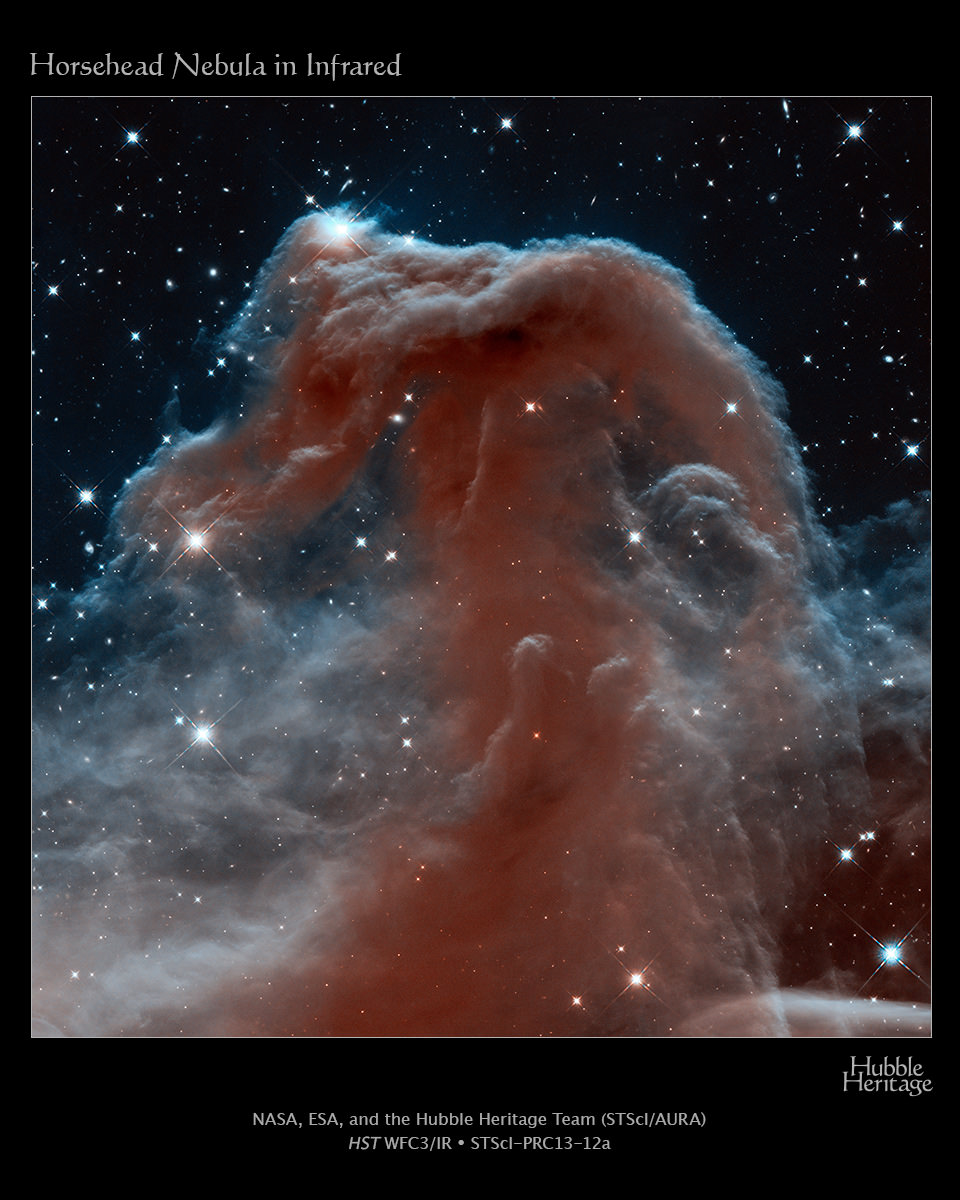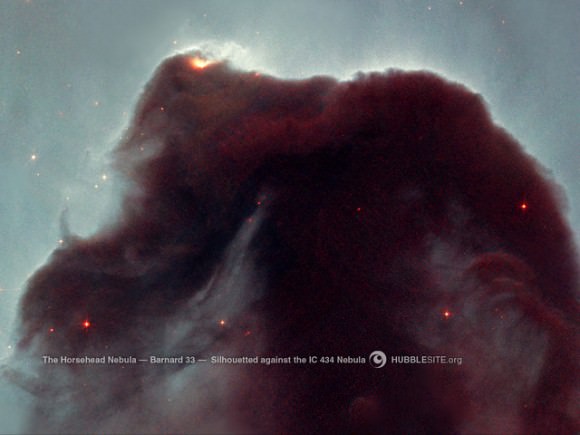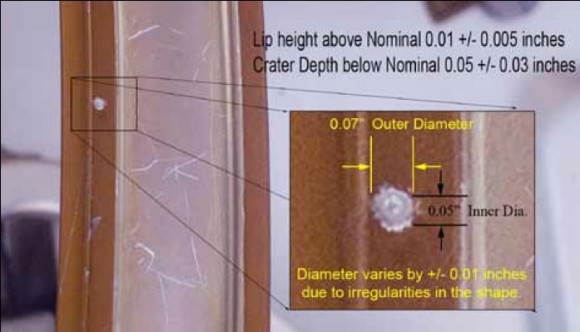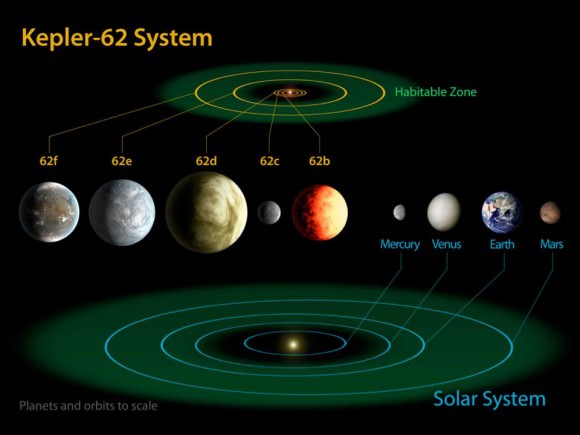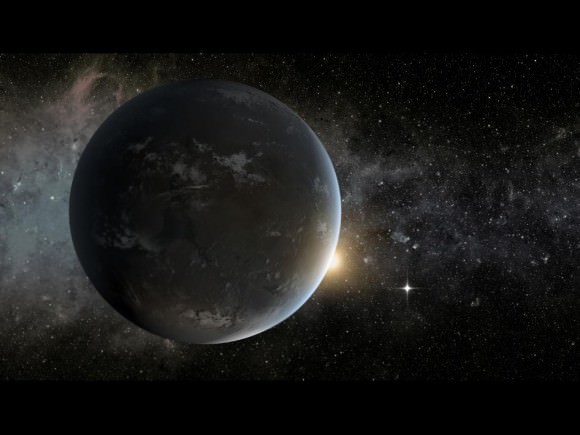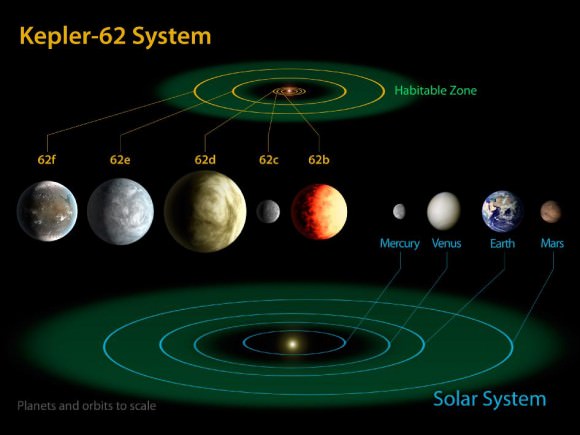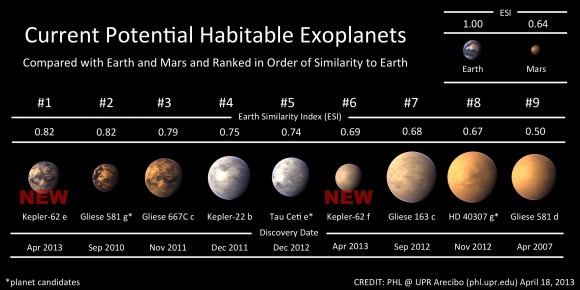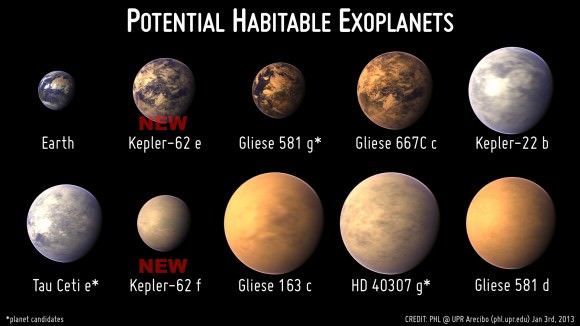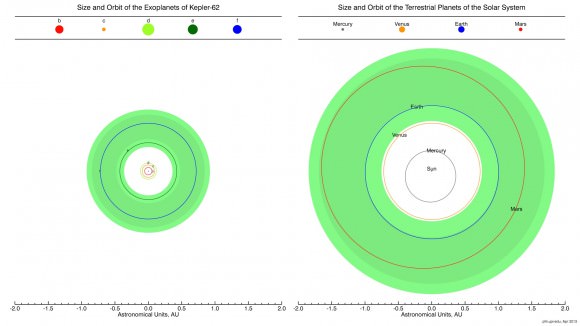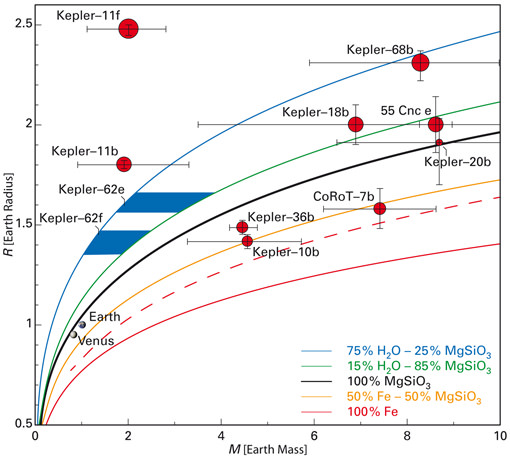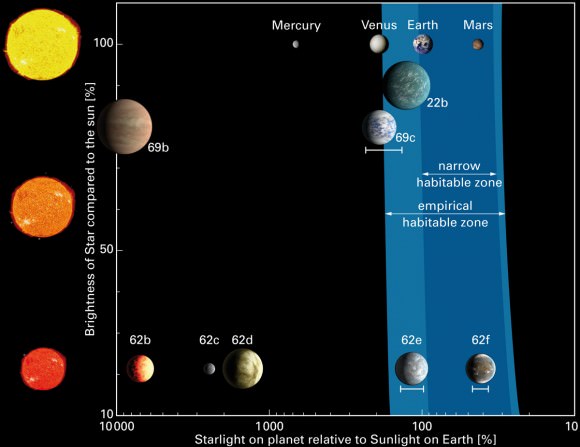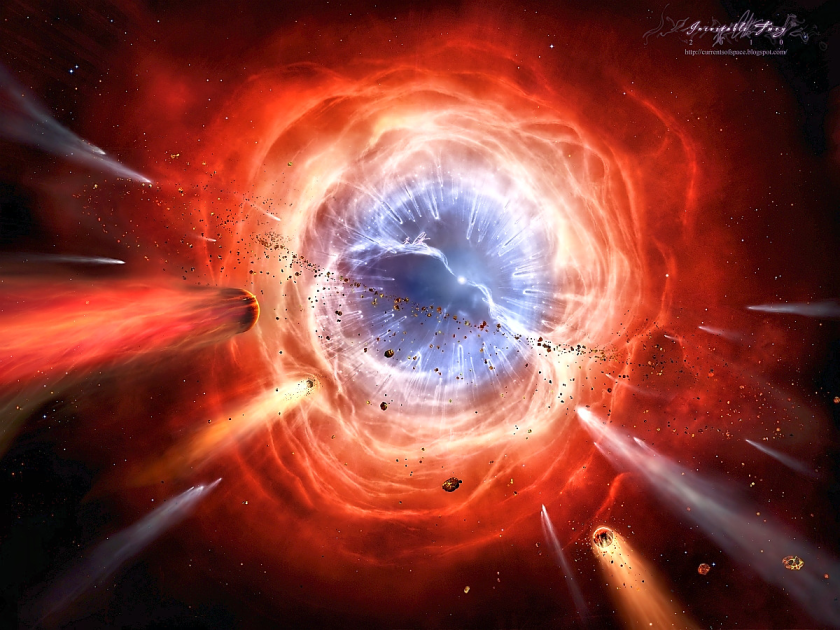“The Life and Death of Stars” is a thorough and richly detailed book that will tell you all you want to know about stars. The author, Kenneth R. Lang, is Professor of Astronomy at Tufts University, and he clearly has the knowledge and explanatory ability of someone who has spent his life studying stars. Though its density may deter the casual reader, I found this book engrossing from beginning to end.
If you’ve just been recently bitten by the astronomy bug, this book may not be for you. A more introductory book might be a better choice. But if you’re craving a deeper and more comprehensive understanding of stars, this book will deliver. Make no mistake though; for most readers, it will require some commitment to read your way through this book.
I was never an astrophysics student, but this book seems to me to have a textbook like thoroughness, though not in a dry way. The chapters and topics flow along logically and clearly, with the help of numerous charts and illustrations. For instance, the book starts off with a thorough explanation of light. Since almost all that we know about stars we’ve learned by observing light, where else should a book on astrophysics begin?
From there, the book moves on to chapters titled “Transmutation of the Elements,” “New Stars Arise from the Darkness,” and “Stellar End States,” with other stops in between. The final chapter is titled “Birth, Life, and Death of the Universe.” At the very end of the book, Lang discusses the possible endings of the Universe, and how the mystery of Dark Matter and Dark Energy may dictate the end.
My own understanding of the behaviour and lifecycle of stars has grown enormously from reading this book, and yours will too. For example, if you know that stars form when interstellar gas clouds collapse from their own gravity, but don’t understand exactly how, then “The Life and Death of Stars” will tell you all the detail you’ll need to know. If you know that heavier elements are formed via nucleosynthesis, in the hearts of stars, but you don’t grasp the finer details of that process, then the explanation in this book will bring it to life for you.
Lang is not a populariser of astronomy. His strength is in detailed descriptions, delivered in a comprehensible way. However, he’s not opposed to the occasional poetic turn of phrase: “All stars are impermanent beacons that eventually will cease to shine, vanishing like a circle of fire turning to ash.” True that. He also quotes the Bhagavad Gita, and the poet Shelley.
One of the ways I gauge a book is by my own level of excitement and interest as I’m reading it. I also judge a book by its clarity of explanation and its flow. In both these respects, Lang delivers with this book. After reading it, I’ll definitely be checking out his other books.
“The Life and Death of Stars” broadened and deepened my understanding of all things stellar. It’s a fantastic book, and I wholeheartedly recommend it to Universe Today readers who wish to expand their knowledge of astrophysics.

